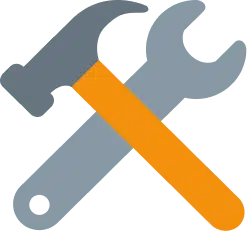When it comes to treating speech and language disabilities, there are several effective approaches. Here’s a look at some common treatments:
- Speech therapy: A speech-language pathologist works with the kid to improve specific skills.
- Language intervention: This involves playing and talking with the kid to boost language skills.
- Articulation therapy: The therapist shows the kid how to make certain sounds and practice them.
- Augmentative and alternative communication (AAC): This might include picture boards or electronic devices to help the kid communicate.
Remember, every kid is unique, and what works for one might not work for another. Long-term outlook varies depending on the type and severity of the disability. Many kids show significant improvement with early intervention and consistent therapy. Some may need ongoing support, while others might overcome their challenges entirely.












